
There’s been a new Netflix Original show worth at least checking out nearly every week of 2019. While in previous years there have been half-a-dozen to maybe a dozen strong shows, Netflix has already put out at least two dozen shows of merit this year.
So in putting together this “best of 2019” list, I tried to keep things simple: I decided to cap this round-up of Netflix’s best throughout 2019 at only twenty shows, but had a hard time leaving off many strong efforts that likely would have made a top five list in years past. Perhaps Netflix just has too much television. The year still has nearly two months to go, and it’s possible a year-end list of Netflix’s best will feel incomplete unless the eventual 2019 round-up includes at least thirty shows. Basically, you have many options to binge away the holidays.
The early-year release “Russian Doll” still tops my list of recommendations, but a recent debut came close to taking that first-place spot. Read on for the best of 2019 so far to see if you’ve missed any of these wonderful shows in the constant deluge of new Netflix content.
And if you want to stay informed on what’s joining Netflix on a weekly basis, be sure to subscribe to the Streamline newsletter.

20. “Easy”

Premise: Chicagoans of different ages work through romantic and familial relationships around the city’s North Side. Each episode follows a different set of couples (with some overlap). Most of these characters have been featured since the first season, meaning this final, third season serves as a conclusion to various storylines.
Sum-up: Actions by the characters in the first season often veered into dubious, unintentionally comedic territory. The second season fixed that problem and put the characters in particularly propulsive storylines. This season slows the action way down to have the characters talk about their feelings. This deep dive into emotion creates a unique viewing experience, as these sorts of scripts typically only work in stage plays.
Heads-up: I appreciate the change of pace season-to-season, but I did find myself wishing this last season had the story-writing highs of the second season.
Trailer:
19. “Dark”

Premise: A small German town gets trapped in a time loop that involves at least four different decades. Characters can travel between these decades in a confusing situation where the future can affect the past and the “same” person can become multiple characters.
Sum-up: The first season had one of the best and most surprising fake-outs on television this decade. The show started as a standard “child-goes-missing-whodunnit” plot, and then slowly transformed into a mystical, complicated show in the sci-fi genre. This second season doesn’t have the same magical surprise, but continues to get more mystical and complicated.
Heads-up: This show almost requires a pen and notebook to follow along with basic story details. I appreciate the density of the plot puzzle in the second season, but I’m not sure I enjoyed it as a television experience. A total absence of lightness and comedy doesn’t help.
Trailer:
18. “Dating Around”
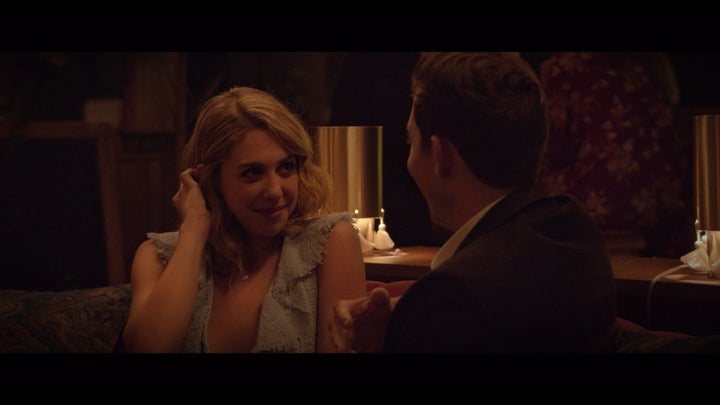
Premise: One attractive single (per episode) goes on a handful of blind dates in New York. After just one hangout with each date, the single must choose one person to see again.
Sum-Up: Netflix has yet to make a strong push into the reality TV realm, but “Dating Around” would be a standout even for Bravo. Excellent camera-work elevates the simple, well-trodden premise to cinematic heights. Scenes have such a high quality of lighting and coloring that the show looks like a movie rather than a typical reality show with an overly bright, washed-out aesthetic. All the hangouts weave together into one long narrative, which feels innovative. This means the show doesn’t start, stop and reset with each new date and can achieve a seamless flow.
Heads-Up: Some of the blind dates don’t seem like legitimate matches and likely only made it on the show for comedic effect. You can kind of tell who actually has a shot at a second date early on, while the others just fill out time.
Trailer:
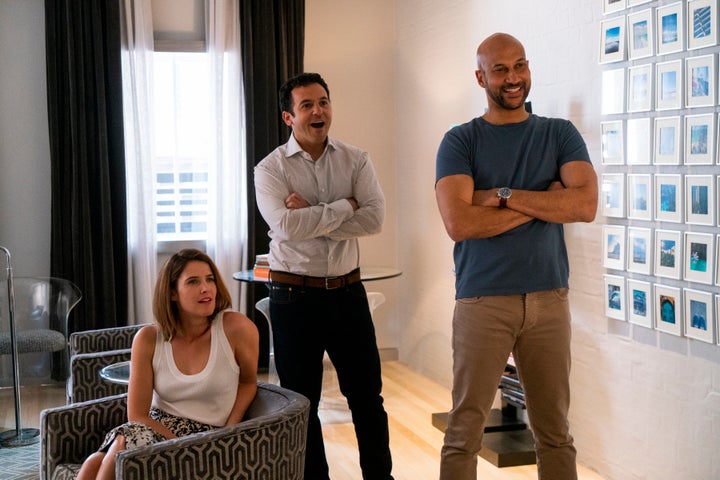
Premise: The premise is right in the name ― this is about friends from college who hang out and hook up with each other. In this comedy, the members of the friend group have aged into their 40s, amassed enough wealth to have big apartments in New York and are all hitting early midlife crises in their own ways. Despite the backdrop of adulthood, most of the jokes are screwball in nature.
Sum-Up: After a critically disastrous first season, this show had a reset and became much more lovable. For one, the characters act less like sociopaths: “People were saying [about the first season], ‘These characters are just so horrible, hanging out with them is like crawling over broken glass,’” co-creator Francesca Delbanco said to Indiewire about how the show needed to change for Season 2. But most important, the jokes work this time around. I found myself laughing hysterically at a few of the set-pieces based on physical comedy this season. The show has an all-star cast of comedians that was more or less wasted the first time around, so I was happy to see the actors have much better material to work with in this follow-up.
Heads-Up: The creative decision to make this yet another show about rich friends living in New York certainly lacked imagination. With the sitcom “Friends” basically still the most popular show on Netflix, this similarly named show could be seen as a shrewd attempt at capturing that classic New York sitcom’s glory for a more contemporary audience. But Netflix ultimately canceled this shortly after the second season debut, so “Friends From College” never quite found its audience.
Trailer:
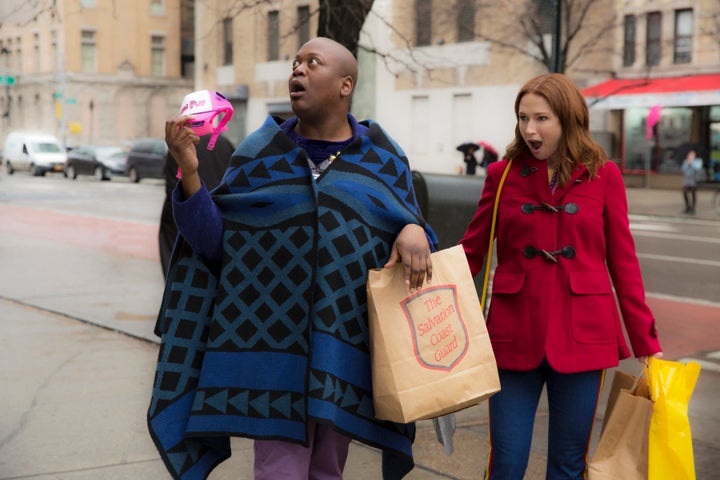
Premise: In these final episodes of the series, Kimmy Schmidt and her group of misfit friends begin to find success in the world. The previous seasons featured numerous emotional wallopings for the characters, as they just couldn’t catch meaningful breaks in their overpriced New York home. If you stuck around through Schmidt’s awkward, delayed coming-of-age phase, you might as well see her find happiness that runs even deeper than her typical cheery disposition.
Sum-Up: Netflix split this final, fourth season into two parts; the latter half debuted in January. This half-season spends a couple of episodes meandering with little narrative purpose, but then locks into place for the sprint to the finish line. After all the suffering these characters have gone through, I certainly found myself rooting for the successes that come by the end. Plus, co-creator Tina Fey obviously knows how to craft jokes and so the show is as funny as ever.
Heads-Up: As mentioned, this half-season takes a couple episodes to really get going. Overall, I enjoyed the first half of the final season (the part that debuted in 2018) far more than these last episodes. Many times throughout this 2019 season, I felt like I was watching throwaway ideas that didn’t have enough muster to make it into the series earlier. The show may run on narrative fumes as it ends, but it does credibly get to the finish line in a satisfying enough way to recommend.
Trailer:
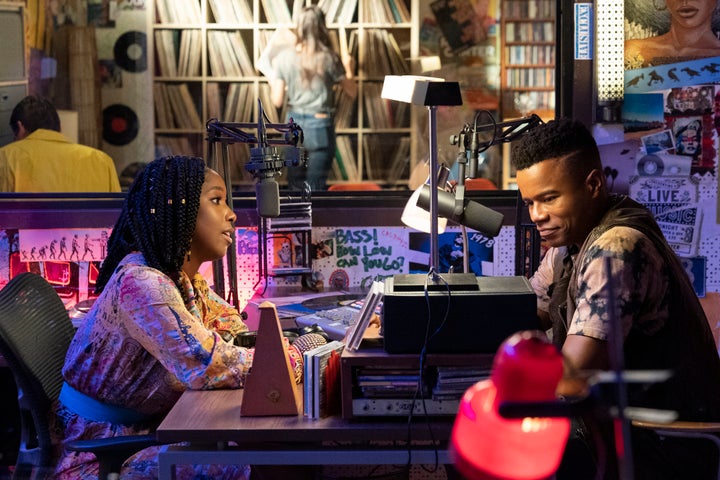
Premise: The first two seasons focused on college students at a prestigious school as they balanced fighting for social justice with young adulthood. This third season takes its pedal off the narrative gas and shows the students much more focused on self-care, which often boils down to plotlines focused simply on which hook-up will come next. This is a season about disillusionment and how to soldier on when the world seems irreparably broken.
Sum-Up: This show captures the feeling of 2019 more than anything else as we experience collective emotional burnout over the relentless cycle of terrible political, economic and ethics-related news. Framing a show around college kids wearing their hearts on their sleeves was a deft move in the first couple of seasons: The characters could spend all their energy and time fighting for causes because college comes with abundant free time and ambition. Seeing them give up in Season 3 makes for an especially heartbreaking set of episodes. But coupling their despair with self-aware levity (this is still a comedy, after all) feels therapeutic and right for the time we’re living in.
Heads-Up: While the first two seasons had tight, propulsive storylines, this third season meanders. The writers lean into this laziness by having the characters make meta-jokes about wanting to tune out from society and just hang out. The choice feels right for a politically overwhelming moment, but it still means the show doesn’t offer quite as much as it used to.
Trailer:
14. “Queer Eye”
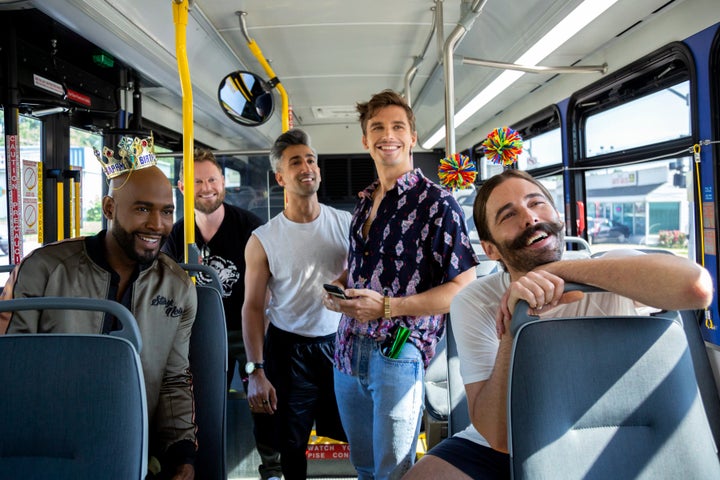
Premise: A team of five gay men who are experts in various fields travel through the South to gift makeovers to the particularly hapless or resourceless. Most episodes aim to unlock your tear ducts through emotional transformations, but sometimes the show just relies on the charismatic hosts having fun together.
Sum-Up: “Queer Eye” has the rare ability to be a total mood cleanser (I’ve had reliable results whenever I’ve put on the show to elevate my spirits). Instead of simply being fun or funny, the show achieves real positivity ― portraying stories of people in a true rut and creating a new path forward for them. I find it impossible not to enjoy the opportunity to witness the transformations.
Heads-Up: I wrote about this more in-depth upon the Season 3 debut, but the show has a bad case of contradictory messaging. While it claims to be about inner empowerment and self-improvement, the climactic makeover scenes always hinge on the show just gifting a ton of money to the subjects in the form of various life improvements. A lack of belief in themselves isn’t the reason these people aren’t fully gut-renovating their homes and refraining from expensive beauty products.
Trailer:
13. “Black Mirror”
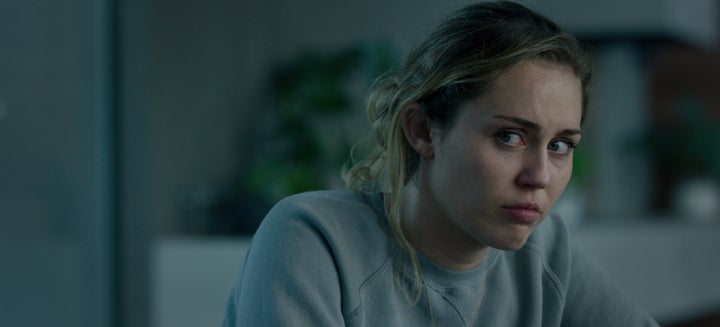
Premise: Each episode tackles a different story centered around a futuristic technology. The show kicks the tires on the merits of the made-up ― but often realistic-seeming ― technologies, but tends to kick hard enough for the tires to blow.
Sum-up: This season has more star power than normal, with Miley Cyrus, Topher Grace, Anthony Mackie and, most importantly, the hot priest from “Fleabag,” Andrew Scott, all having roles. Perhaps this overall casting decision comes with the storytelling, as the futuristic technology takes a backseat to the actual characters this time around. The show still has its worst flaw ― that characters super-overreact to bad situations, as if the actors are playing to the back of a theater. But the focus on character development gives room to smooth the edges on those lazy moments.
Heads-up: This season split critics and fans more than the previous seasons, with a vocal contingent expressing that “Black Mirror” had lost a step. I don’t agree with that, as all the seasons have had weak episodes and this season only having three episodes just put more scrutiny on the material. That said, this season doesn’t have the same horrific or shocking moments of the more memorable past episodes.
Trailer:
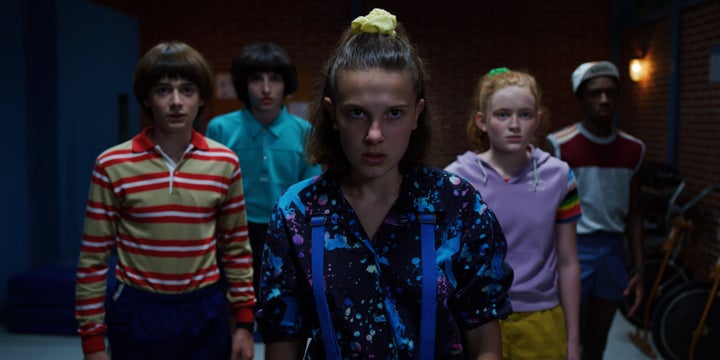
Premise: A group of children in a small Indiana town keep getting roped into supernatural activity. This season takes place in 1985 and notably in the summer, compared to the fall/Halloween aesthetic of the first two seasons.
Sum-up: A strong third season from a show on the cusp of being hyped to death. This show could have rested on laurels and run back the same ideas it had in the first two seasons (and, as everyone knows, the ideas they liberally took from the original movies of the 1980s). But this season features tremendous character growth as the kids age into the larger problems that come with more mature desires.
Heads-up: The season has various sponsored content tie-ins, which in a generous assessment adds to the ’80s American aesthetic, but still feels like squeezing as much money out of this popular show as possible.
Trailer:
11. “GLOW”
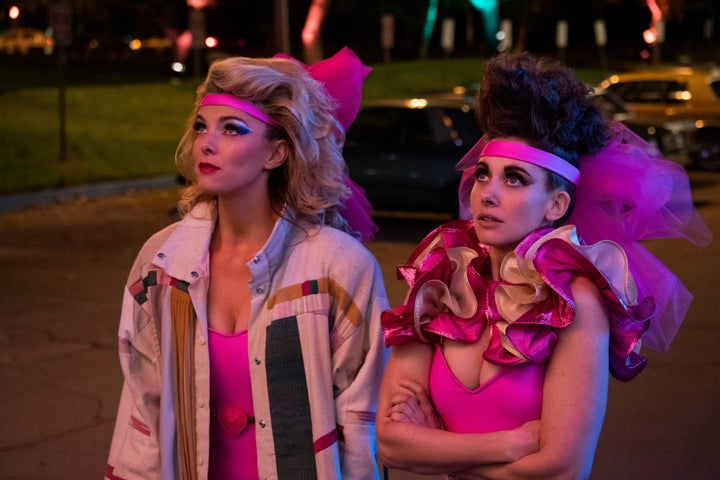
Premise: The female wrestlers have become professionals by now and earn a residency in Las Vegas. While their male counterparts become celebrities and receive enormous paychecks, the protagonists of “GLOW” must reckon with the shallowness of their opportunities, with Vegas as the perfect backdrop.
Sum-Up: The show has always contrasted the bright colors and loudness of the women’s onstage wrestling personas with the quiet depression of their real lives. The new Las Vegas setting heightens this reality, as the lights are brighter and the loneliness more prevalent. Las Vegas is one big stage, seemingly without basic living amenities in 1986 and a city most people just pass through. Being forced into this faux-home causes the characters to realize they need to go on inner journeys to be happy, as the bright lights only offer the illusion of happiness.
Heads-Up: The show has too many characters. Watching often feels like having to wade through constant B-plots, while the main plots don’t get enough time or attention.
Trailer:
10. “Unbelievable”
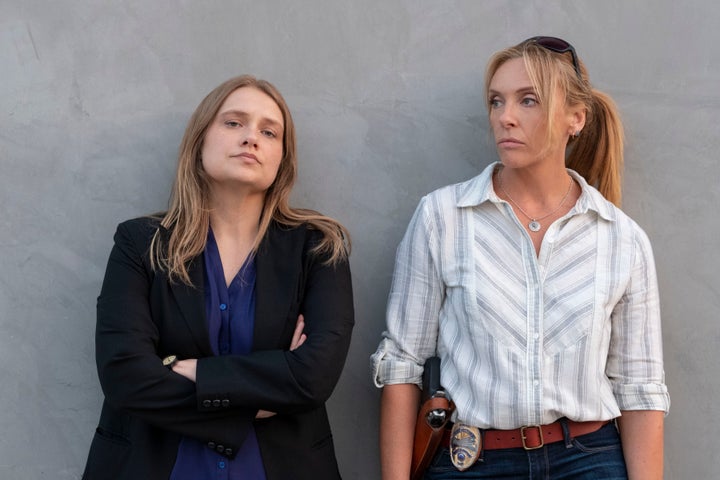
Premise: This is based on a Pulitzer Prize-winning article by ProPublica and The Marshall Project as well as a “This American Life” podcast episode. The story follows what happens to multiple young women after a serial rapist breaks into their home and sexually assaults them in the late 2000s. Family and friends doubt the women, and it’s not until a pair of female detectives investigate the case that some justice takes place.
Sum-Up: The show takes impressive care in illustrating the despair of sexual assault victims who aren’t believed. This is a story about the heartbreaking injustice of suffering an attack and then losing any semblance of a support group to help with the recovery. It’s a story of one problem begetting more and more problems. The show balances this bleak message with a heroic detective story. The detectives have a human perpetrator to catch, but the infuriating systemic issues surrounding sexual assault are the real villain. As they slowly bring about justice, if not full healing, the show pays off in a rewarding storytelling arc.
Heads-Up: The show veers into heavy-handed, melodramatic choices too often. These moments stand out since so much of the show relies on nuance and empathy. On top of this, the show rarely has humor or lightness, so the poorly executed melodramatic moments fit awkwardly into the show.
Trailer:

Premise: A retelling of the real-life story of the “Central Park Five” in 1989 New York. A serial rapist assaulted and raped a female jogger in Central Park at the same time a large group of minority children hung out in the area. The NYPD and the district attorney’s office decided to charge five of the kids with the crime and coerced confessions.
Sum-up: A heartbreaking examination of how racial profiling and systemic racism ruined the lives of innocent children just a few decades ago. Much has already been written about this case and Ken Burns co-created a definitive documentary about the events (“The Central Park Five”), but Ava DuVernay’s visual storytelling here injects humanity into the young minority men affected. This also has a stark contrast to “Stranger Things,” a show in which white, Midwestern children can be friends with a police officer and run around their hometown with only the fear of supernatural monsters. The kids of “When They See Us” must live in fear of the myriad monstrous tendencies of actual humans ― a lesson much of the country still needs to learn in 2019.
Heads-up: The show depicts the NYPD and members of the district attorney’s office, particularly prosecutor Linda Fairstein, as villains of pure evil. Whether or not this was the case in real life, given that “When They See Us” is presented as a story versus a documentary, this lack of nuance cheapens these character’s actions.
Trailer:
8. “Mindhunter”
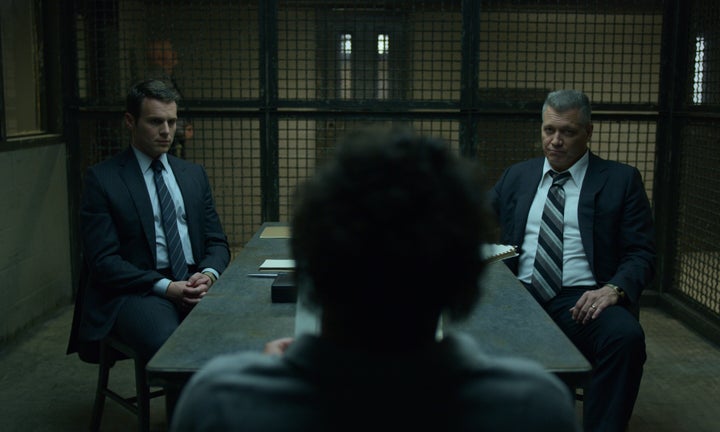
Premise: A small FBI team travels the country interviewing serial killers to try and understand their varying motives. This takes place in the 1970s and the project is met with much skepticism and resistance within the bureau.
Sum-Up: Master director David Fincher directs the first three episodes of the season. His famous attention to detail is present here, and each scene has a stylistic richness to parse through. Small choices in the sets alone, such as the varying openness of doors, offer clues into the characters’ relationships. The show could use more levity and gets most of its comedy through dark jokes. But no show has portrayed a journey to hell better than “Mindhunter” this year.
Heads-Up: The show wades deep into the dark thoughts of serial killers. The protagonists find these thoughts fascinating, and the viewer can, too. But you really have to decide if you want to spend hours wading through these existential perversions.
Trailer:
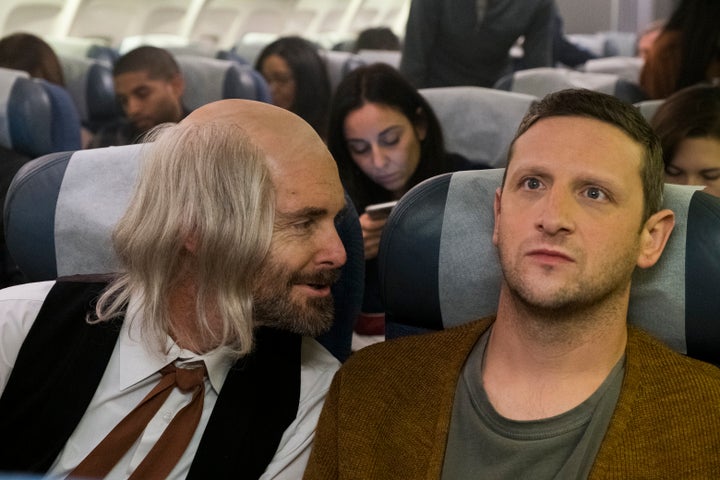
Premise: A sketch show with roughly 15-minute episodes that feature a handful of short, one-off bits that rarely interconnect. Quite a few “Saturday Night Live” actors and other familiar faces from the comedy world make appearances.
Sum-Up: This comparison requires outside knowledge on your part, but the sensibilities of “I Think You Should Leave” fall squarely between those of “SNL” and “Tim and Eric Awesome Show,” even featuring cast members from both (Tim Robinson wrote and acted on “SNL” in the past). The show delves into the absurd, but still follows structural rules beyond just “breaking form.” This is not a parody of sketch shows like “Tim and Eric” and is far weirder than the typical “SNL” episode. I think this show is hilarious; I had stitches while watching and I almost burst them because I couldn’t stop laughing.
Heads-Up: The show goes with gross-out humor fairly often. To its credit, the easy gross-out jokes usually service a clever, overarching premise, but the choices can still be a bit eye-roll-worthy.
Trailer:
6. “The OA”
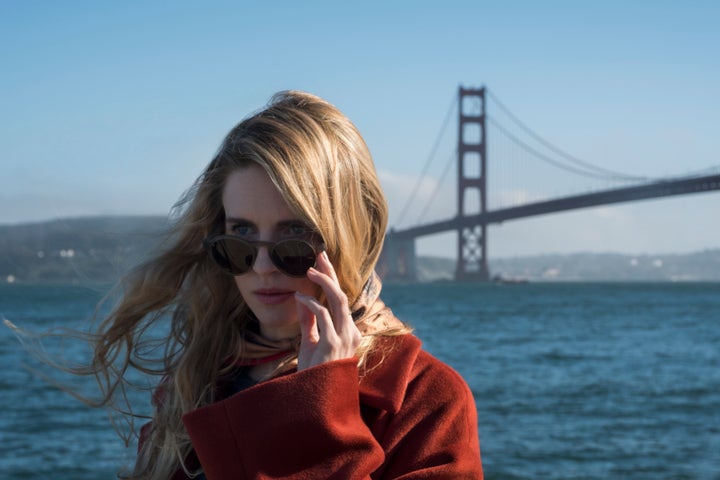
Premise: A group of people who had near-death experiences learn how to transfer their souls into a new dimension. In contemporary San Francisco, the dimension-jumpers try to figure out what’s going on while a related mystery unravels around them.
Sum-Up: The first season of “The OA” made terrible, cringeworthy creative choices and could barely be deemed watchable. Then the show took a hiatus of a few years and came back as something entirely new. The shaky ideas of mysticism from Season 1 now feel fleshed-out and beautiful. Seemingly stealing from the aesthetic of the stellar 2017 show “Twin Peaks: The Return,” the camerawork now supercharges the show with eerie electricity, making San Francisco and its suburbs look like they exist in another realm.
Heads-Up: Again, you should just skip the first season. You’ll need to find a recap to understand the characters, but otherwise, jumping right into Season 2 shouldn’t be a problem. One of the main characters (and arguably the best character) doesn’t even make his debut until the second season premiere, which should give you an indication that this show really had a reset.
Trailer:
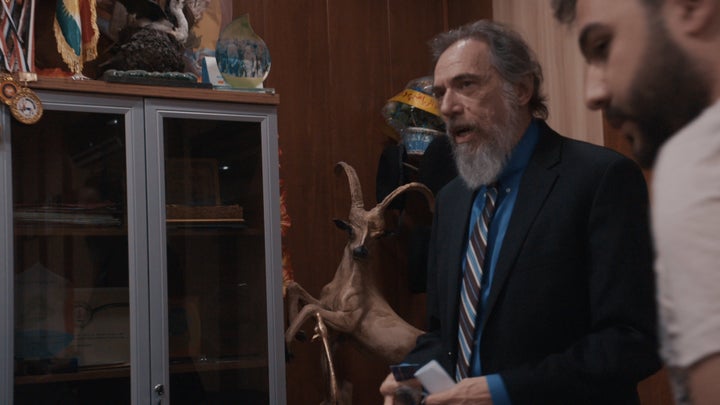
Premise: Larry Charles ― a comedian who was an original staff writer on “Seinfeld” and has directed projects such as “Borat” and “Curb Your Enthusiasm” ― travels the world to investigate the comedic communities in dangerous and presumably depressing areas. He interviews the comedians that have found success in these places. Through the interviews, the show often finds out that these comedians have both put their lives in danger by trying to be funny and that the jokes help them survive.
Sum-Up: Netflix put almost no marketing muscle behind this project and it quietly debuted on Feb. 15 without the cultural media really taking notice. But you should give this a chance. Few shows on Netflix wade into the true horrors of the planet ― guts and all ― but Charles goes straight into the heart of darkness and does so with good humor. The interviews are executed with a high level of skill and the captured footage often feels unreal. If you haven’t been full-body stunned by a Netflix project before, you should check this out.
Heads-Up: The episodes cover a ton of ground, thematically and geographically. I would have preferred a format with more, shorter episodes than the four hourlong episodes that the show went with. And although this is not necessarily a bad thing, I should mention in a section called “Heads-Up” that this show has many shots of physical violence and spilled human guts.
Trailer:
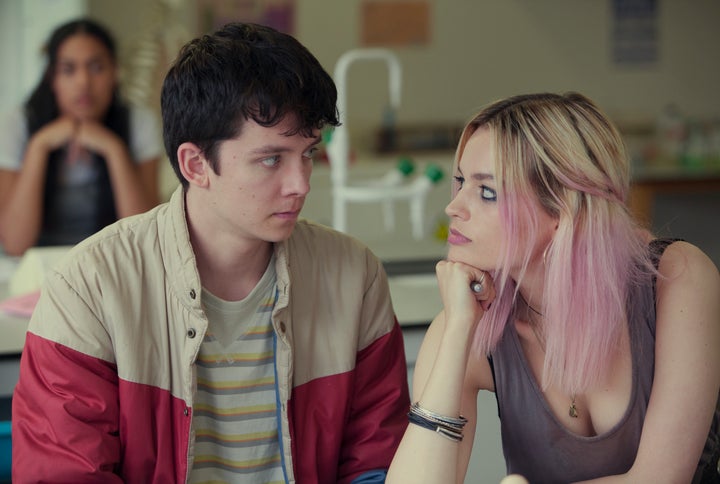
Premise: A teenager living in southern Wales stumbles through puberty with awkward shyness, a situation made worse/better by having a sex therapist for a mother. With his gay best friend and an entrepreneurial cool girl at school, the protagonist teen gives sex advice (based on his mom’s teachings) to his classmates, despite not having sexual experience himself. The group slowly earns more friends through the process, but these pubescent compatriots also have to lean on each other through various emotional hardships.
Sum-Up: This became a megahit for Netflix, with the company claiming tens of millions watched the first season within the first month of its debut. The show deserves the popularity. The best aspect of this show may be the likability of the three main friends and the sex therapist mom (played by Gillian Anderson), but the show is full of surprisingly exceptional moments. I certainly didn’t expect the protagonist to live in one of the most beautiful homes I have ever seen or for so much green, natural splendor to envelop the narrative action. The creators put great care into the details.
Heads-Up: Although “Sex Education” appears to have caught on with adults in their 20s and 30s, this still remains a teen-centric show. The coming-of-age plotlines and immaturity may be too juvenile for you, depending on your stomach for the broad, heavy-handed strokes of this genre.
Trailer:
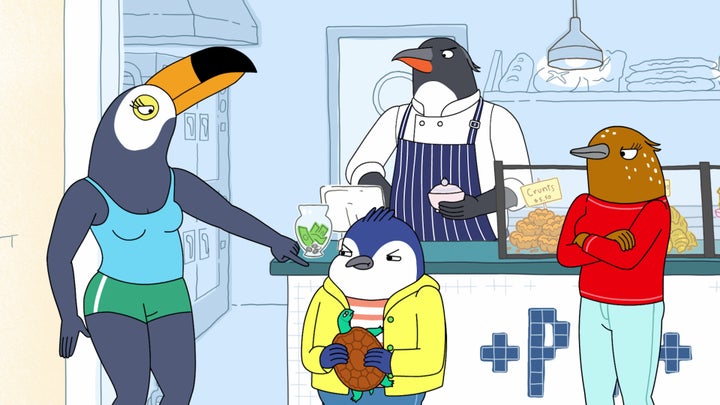
Premise: Two best friends, Tuca and Bertie, go on various adventures in a city full of anthropomorphic animals while entering adulthood. Although they used to live together, the duo still live in the same building, which means they see each other nearly all the time, to the mild chagrin of Bertie’s boyfriend.
Sum-Up: The production designer for “BoJack Horseman,” Lisa Hanawalt, created this show. The two shows both feature anthropomorphic animals drawn in basically the same style, but they diverge wildly in comedic sensibility. While “BoJack” has a narrative grounded in a reality close to the normal world, “Tuca & Bertie” embraces an absurdity that animation can afford. The show has fast cuts and a high-octane energy, with near constant animation-driven jokes (whenever something happens, it happens in the most extreme, near death-defying way, but the characters only react as if something normal happened). Instead of focusing on depression like “BoJack,” this show centers on female friendship, as well as the value of relationships in conquering the trials of contemporary life. Tiffany Haddish and Ali Wong do a phenomenal job voicing the two characters and elevate the energy even further.
Heads-Up: The show occasionally relies on various “millennial” cliches that any reader of bad, personality-based listicles over the last decade will recognize. Sometimes the characters act like incompetent caricatures who just can’t even in a way that feels forced and lazy.
Trailer:
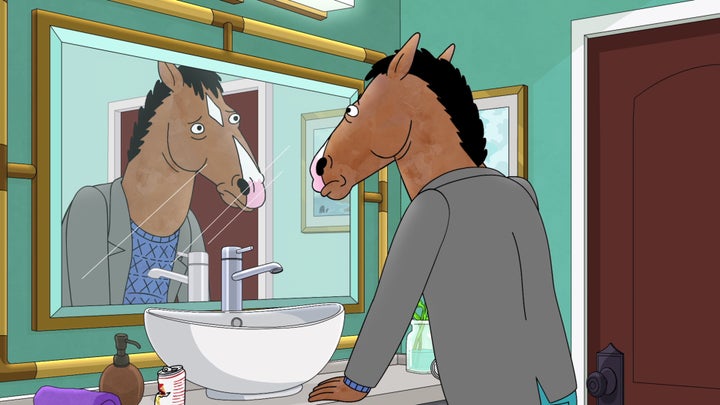
Premise: Netflix split this sixth and final season into two parts, so only the first half of the season debuted this year (the next half comes in January). In this final season, BoJack Horseman finally tries to figure out the source of his constant depression. He spends much time (and money) at a rehab center in Malibu and over many months, makes some choices in the direction of finding happiness. Although he learns to let go of his self-hatred, he still must reckon with his terrible past choices and the people he hurt. Self forgiveness alone is not enough.
Sum-Up: The first few seasons focused on the dichotomy of sad characters living in sunny, cheery Los Angeles. Given the bleak political changes of the last few years, most characters now share the belief that the world is heading toward ruin. (In a strong satirical plot point this season, billionaires convince politicians to make it legal for billionaires to murder people.) The already- depressed characters are forced to give up the hope of finding happiness through their locales and search for inner peace. Fortunately, the show balances these depressing plotlines with dialogue that introduces a joke every few seconds, so the sad moments somehow don’t weigh down the overall fun.
Heads-Up: There’s a bit of inertia in the first few episodes of the season as BoJack refuses to check out of the rehab center. Those plotlines feel like side quests and distractions from his inner journey. This may be elegant writing, but it doesn’t make for the most engaging viewing experience.
Trailer:

Premise: While celebrating her 36th birthday at a hip apartment party in New York, a woman keeps dying over and over again, only to reset back in the bathroom of the party. She goes on a journey to figure out why this is happening with the hope she can stop the violent cycle of deaths. This quest takes quite some time (many lifetimes in a way) and the world starts aging around her as if all life doesn’t truly reset. Figuring out what’s happening becomes an existential necessity.
Sum-Up: By far the best show Netflix has released this year, “Russian Doll” exists in a class of its own. The all-female writers and creators made ambitious creative choices with the over-arching concept and for the nuances within the story. With all the risky and experimental decisions, this could have been a trainwreck, but instead is a fast-paced, well-oiled narrative locomotive. The best part of this show is the fully realized female characters, with ambitions as unique as their attire. The male characters may tend to be dumb oafs, but this is not their story.
Heads-Up: Like “Friends From College” and “Unbreakable Kimmy Schmidt,” this is yet another New York-based show. As a former New Yorker, I understand why writers keep mining the city for its strange characters and impressive backdrop of towers, but it’d make me happy to see ambitious stories like this take place in other American cities too.
Trailer: